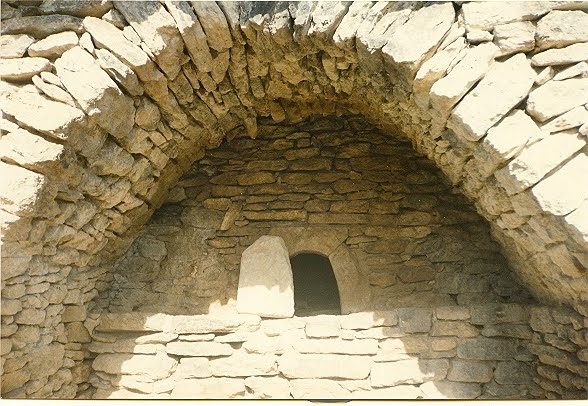

Our guest speaker: Scott Lake who has been leading software companies for the past decade. He was a founder and the CEO of Shopify.com, one of the largest hosted e-commerce apps on the Web. He also founded one of the first social media marketing firms, ThinkSM. Scott was also VP of Technical Services at Tomoye Corporation, where he helped implement online communities at some of the largest organizations in the world, including Lockheed Martin, John Deere, the G8 and the US Army.
Our virtual guest speakers Karen Lekowski and Lynn Friesth from John Deere are on call and the topic is Virtual Collaboration.
On pictures: Scott waiting for the connection and myself presenting our virtual guests.
Question:
How does the "wide range of electronics-related products and information services using Global Positioning in agriculture and other markets (John Deere's vision of Intelligent Vehicle Systems) make John Deere green?
Their precision farming is based on Agronomic Management, Fleet Management, Business Management, Machine & Operator Productivity, Traceability and Environmental Compliance (from "John Deere GreenStar Products" at the Club of Rome)
Georg Kormann: John Deere GreenStar Products – Operator Assist Systems for Sustainable Farming

Georg Kormann, Manager Advanced Engineering at John Deere, gave an overview, how products can support the development of a sustainable agriculture. He presented among others automatic GPS connected machines which operate with a minimum of human efforts. He introduced also sensor networks and and gave an overview on efficiency gains by the new technologies.
INTERESTING ABOUT JOHN DEERE (NOT BY JOHN DEERE):



No comments:
Post a Comment